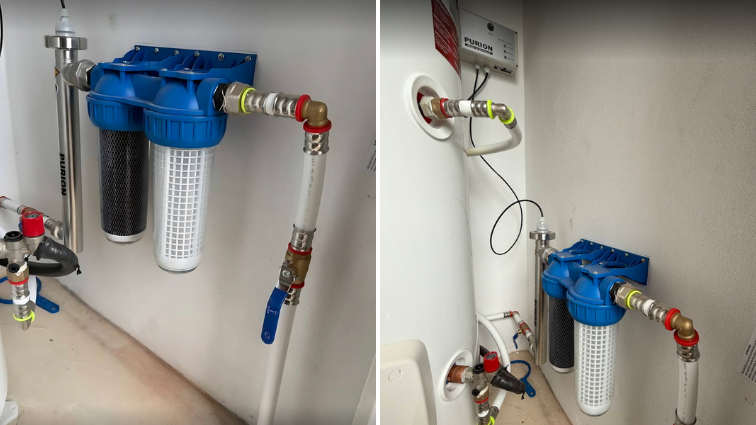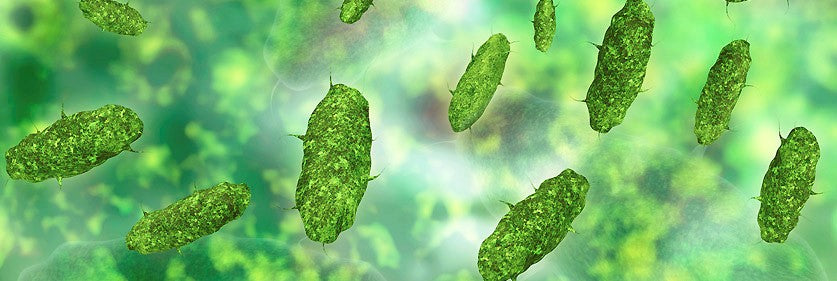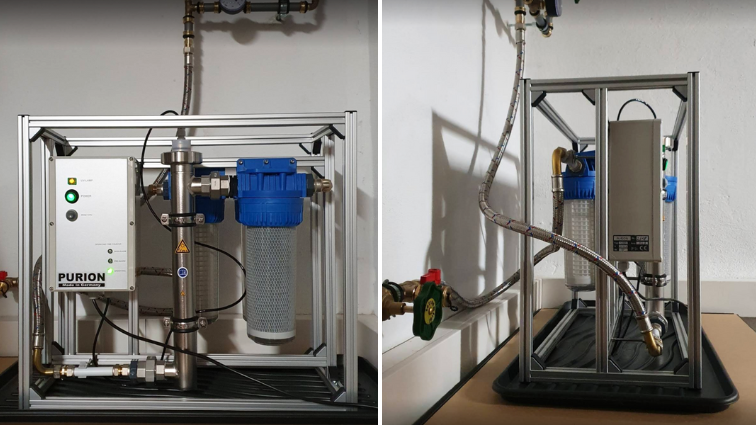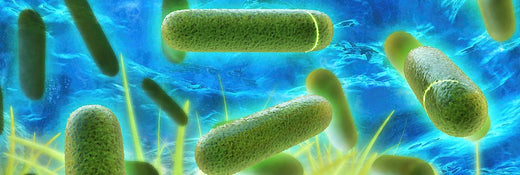UV Concept Blog

PURION Disinfection systems: Effective water treatment for safe drinking water
PURION UVC disinfection systems ensure germ-free drinking water without chemicals and effectively. Whether for households or larger applications – they are easy to install, low-maintenance, and provide reliable hygiene with maximum safety.

Pond Cleaning: The Basics of Pond Maintenance

UV-C light against algae in the pool: Environmentally friendly pool maintenance

Algae in the pond: Causes and solutions

Pool cleaning: The key to crystal clear water and safe swimming enjoyment

Legionella control: Efficient solutions with heat pumps and PURION UVC disinfection systems
Discover the efficient combination of heat pumps and PURION UVC disinfection systems for safe and reliable legionella control

Saltwater pool with UVC disinfection

An overview of the different monitoring levels and their characteristics

 Telefon: +49 3641 327 9697
Telefon: +49 3641 327 9697
 Offizieller Purion Händler
Offizieller Purion Händler
 Europaweite Lieferung
Europaweite Lieferung



